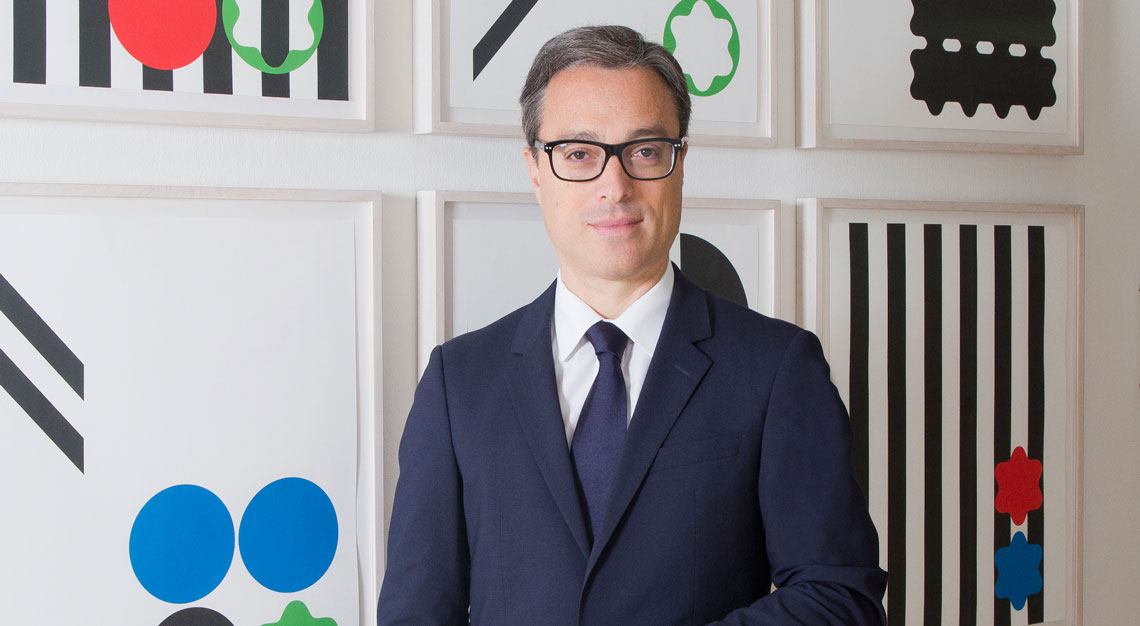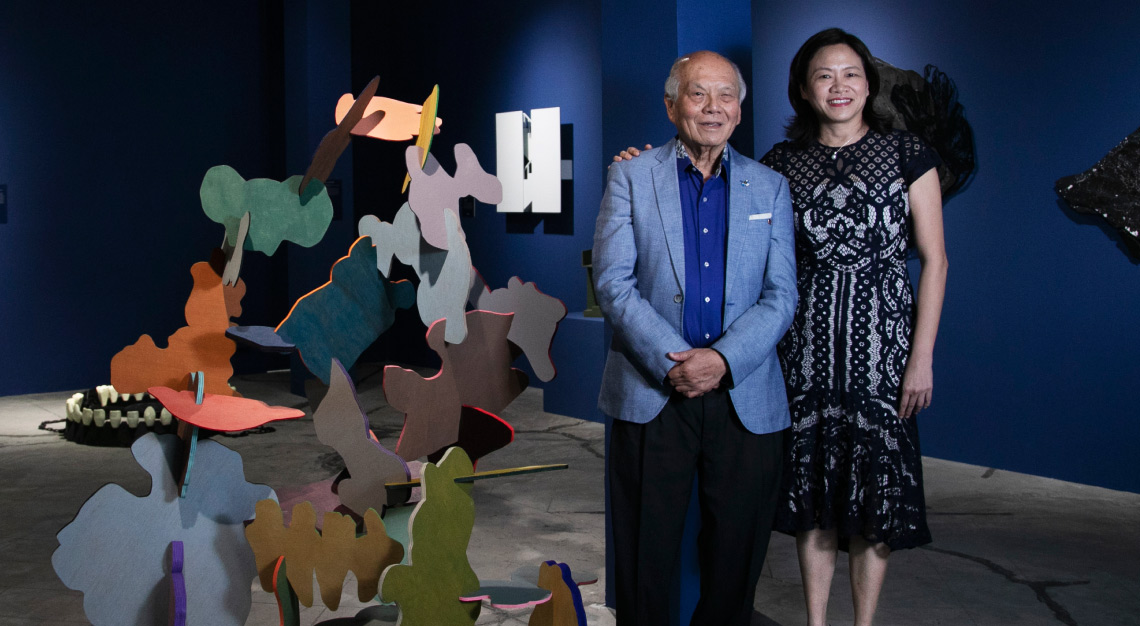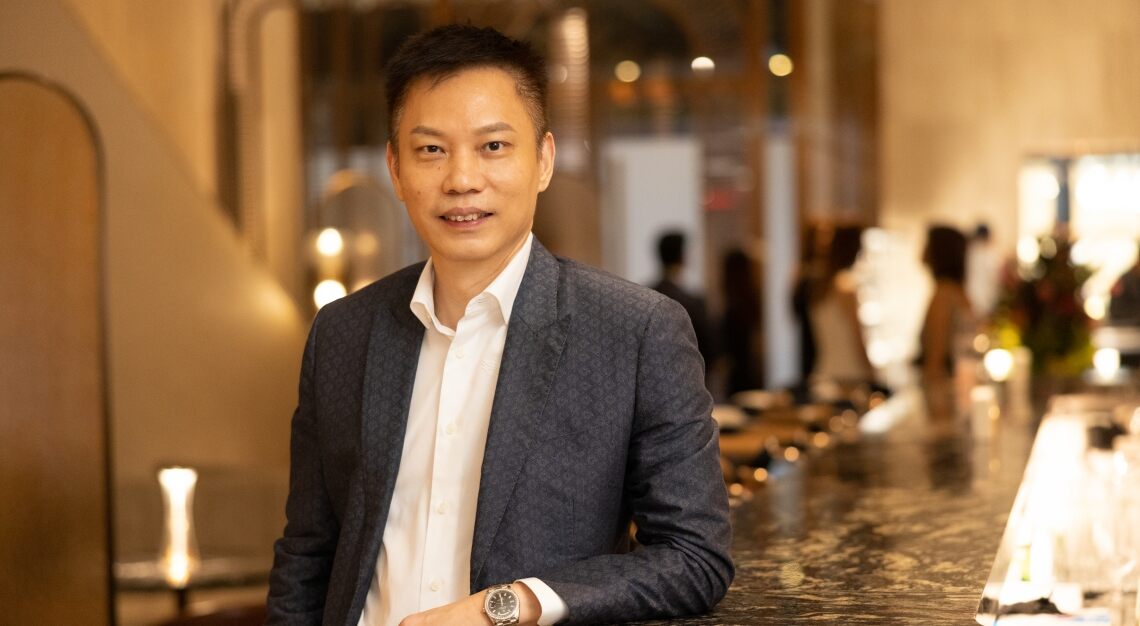In One For The Road, we speak with the best bartenders and spirit guides to get to know them better. Alberto Vollmer, fifth-generation president and CEO of Venezuela’s oldest rum brand Santa Teresa, shares the finer points on Venezuelan rum
War. The spectre of socialism. Gang attacks. Financial crises. Since its origins as a sugarcane plantation in 1796, Ron Santa Teresa has endured them all. Today, the distiller beams with credibility. Not only is it the producer of Venezuela’s oldest rum brand Santa Teresa, it is also the maker of the country’s renowned super-premium rum icon, the Santa Teresa 1796. Now available in Singapore, this historic triple-aged rum, made with the house’s bespoke solera aging system created with a blend of rum aged up to 35 years, definitely needs its story and that of its canon told.
In town recently to cut the ribbon on the Asian launch of Santa Teresa 1796, fifth-generation president and CEO Alberto Vollmer takes us behind the scenes of his family dynasty, how it furthers the betterment of the community that sustains it and why Venezuelan rum is particularly outstanding.
How does it feel to launch Santa Teresa 1796 in Singapore?
First of all, it’s a huge privilege to be able to be guided by the Singapore Bacardi team that has been extraordinary in getting all the logistics right and getting the right people in the room and giving us the floor to be able to present our 1796 triple-aged rum and to tell the story behind Project Alcatraz and the purpose that is behind Santa Teresa.
What do the Singaporean and the greater Southeast Asian market mean to the brand?
It’s a new frontier; it’s a new territory. We still don’t know the consumer well. We were in India last year and we saw that there’s an interest in rum. In all the interviews I’ve had, while being here, people have been comparing whisky to rum and asking if rum is the next thing on the block. And I do believe it is. We’re beginning to see a lot of interest, especially from big companies getting in and putting the shoulder to super premium rum. We’re also beginning to see brands that are actually doing a much better job at producing and developing a positioning for those better rums.
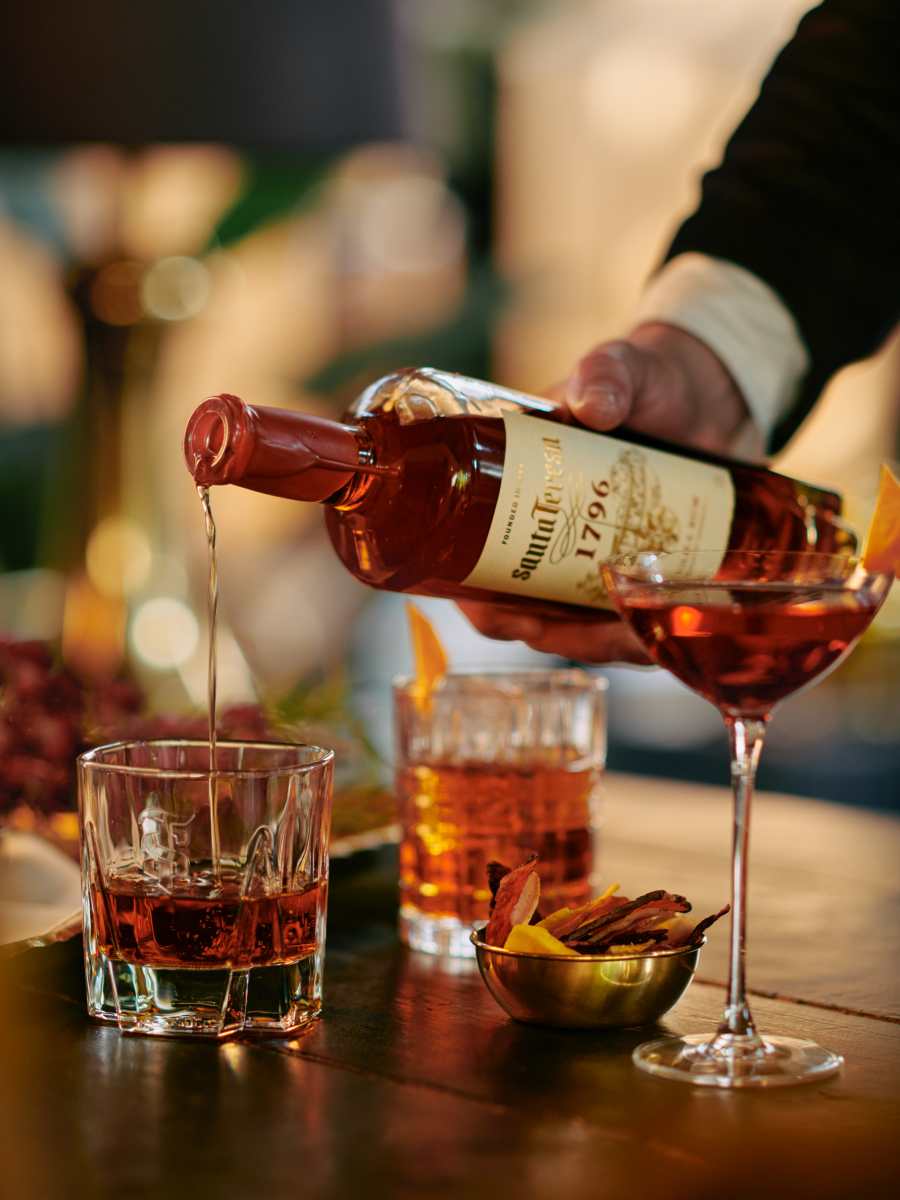
It’s known that Santa Teresa is Venezuela’s oldest rum brand. How would you say the company’s outlook and philosophy have evolved the years? What were some early challenges the company overcame that proved to be instructive in the long run?
When you when you look back in history, I would say that the family, the business and the company were focused on recovering from the Independence War and then the Civil War. So it was almost like survival. In the 1950s, once democracy was back, it was about growing nationwide. Historically, our company has always been very committed to community. So, after the Venezuelan financial crisis of the 1980s and 1990s, we realised that we had to go really deep into giving tools to the community to be able to fare better in the long term. Tools that included education and developing dreams for the community and for future generations to come.
As fifth-generation chairman and CEO, how does it feel to run the family business, especially one with such a storied legacy behind it?
At first, it was daunting. We were up against massive odd. The company was very close to either going bankrupt or being taken over by the government. There was also the feeling of failure, you know, the potential failure on your watch.
The second aspect of it has been with getting comfortable in a saddle of a horse that has been bucking for a while; getting comfortable in that saddle and facing and dealing with a volatile economy and a volatile political landscape. That, and just making sure that the different stakeholders, especially the community, are happy and are part of the solution.
Going forward, right now, as the leader of the family business, the big challenge for me now is to recruit the next generation in an orderly fashion. And in a way that it feels responsible for making sure that this company, this organisation, and this philosophy continue for the next 200 years.
Please tell us more about Ron Santa Teresa’s unique solera system.
We came up with the solera system in 1996. A representative from Bacardi said that it was the first real solera system in rum. After that, it became a fad that lots of other companies latched on to. What we did was open up our solera process, which is actually a triple-aged process. The first stage involves aging of the different rums in different types of casks for varying amounts of time; these rums are aged for a maximum of 35 years. Then, we blend 30 different types of rum, which then go into refill of the cask solera process. Finally, the third stage is the vat Solera stage, which involve vats that can hold 15,000-19,000 litres. Those are the three stages of the Solera Process.
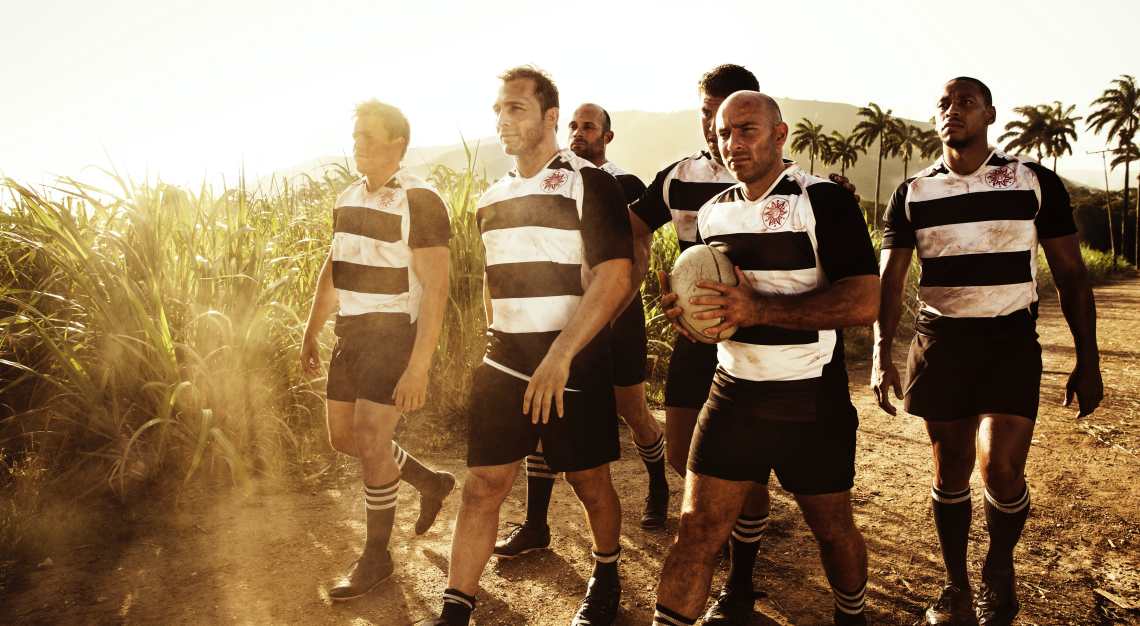
What sets Venezuelan rum apart from other rums?
What sets Venezuelan rums apart from other rums is that we have a controlled denomination of origin, which, simply put, is just a very clear rulebook on what a rum is. So for Venezuelan rum, the first thing is that at least 60 per cent of your molasses has to be from Venezuela. The second criterion is that you have to abide by the rule that you need to have at least two years of ageing. When you compare Venezuelan rums to rums from abroad, you’ll see that there are very few rums that actually have a minimum ageing of up to two years. No where else in the world are there rules governing rum. But its these rules that actually drive quality.
What’s the biggest misconception about rum you’d like to clarify?
I would say that the biggest misconception of rum is that it is sweet. The reason I say this is because there are some very sweet rums. The reason for this is because some producers add sugar. When you add a lot of sugar, it’s basically to hide a whole bunch of things in in the rum. If you like sweet rums, that’s fine by me, but they don’t necessarily need to be sweet. I think the best rums should actually be dry.
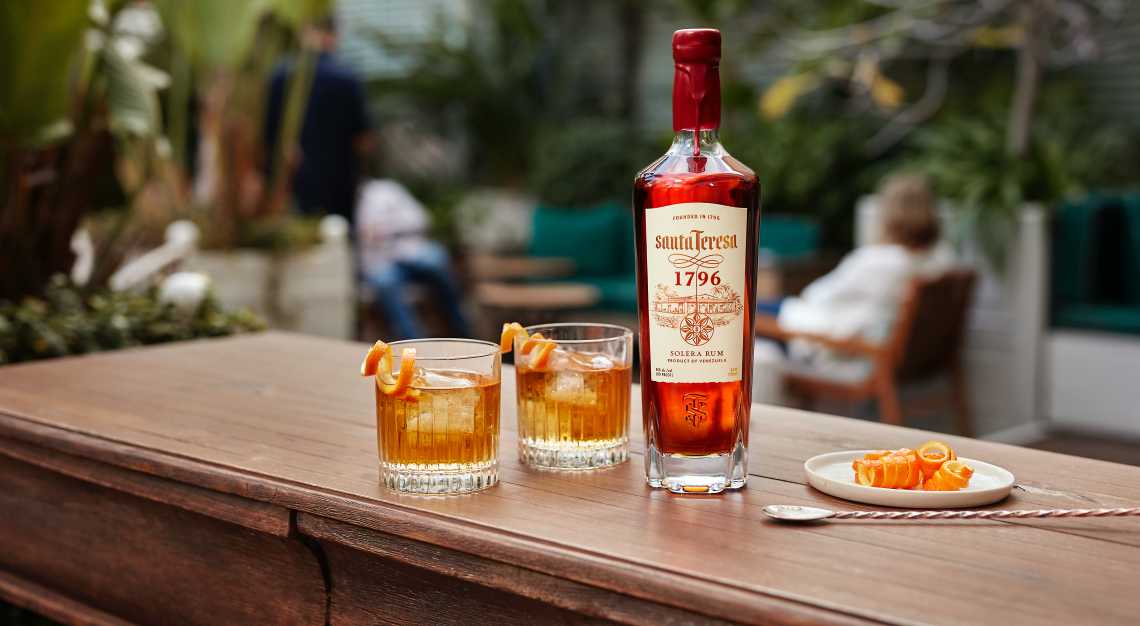
Is there a ‘right’ way to drink rum?
The right way to drink rum is the way you prefer it. But if you ask me how I like to drink Santa Teresa 1796, I’d add a splash of sparkling water and an orange twist and a big ice cube. The sparkling water opens it up and the twist of orange brings out the citrus notes which are very refreshing.
Lastly, it’s late at night and you want one last drink for the road. What’s it going to be?
It’s going to be a Cojonudo, which I described above.


